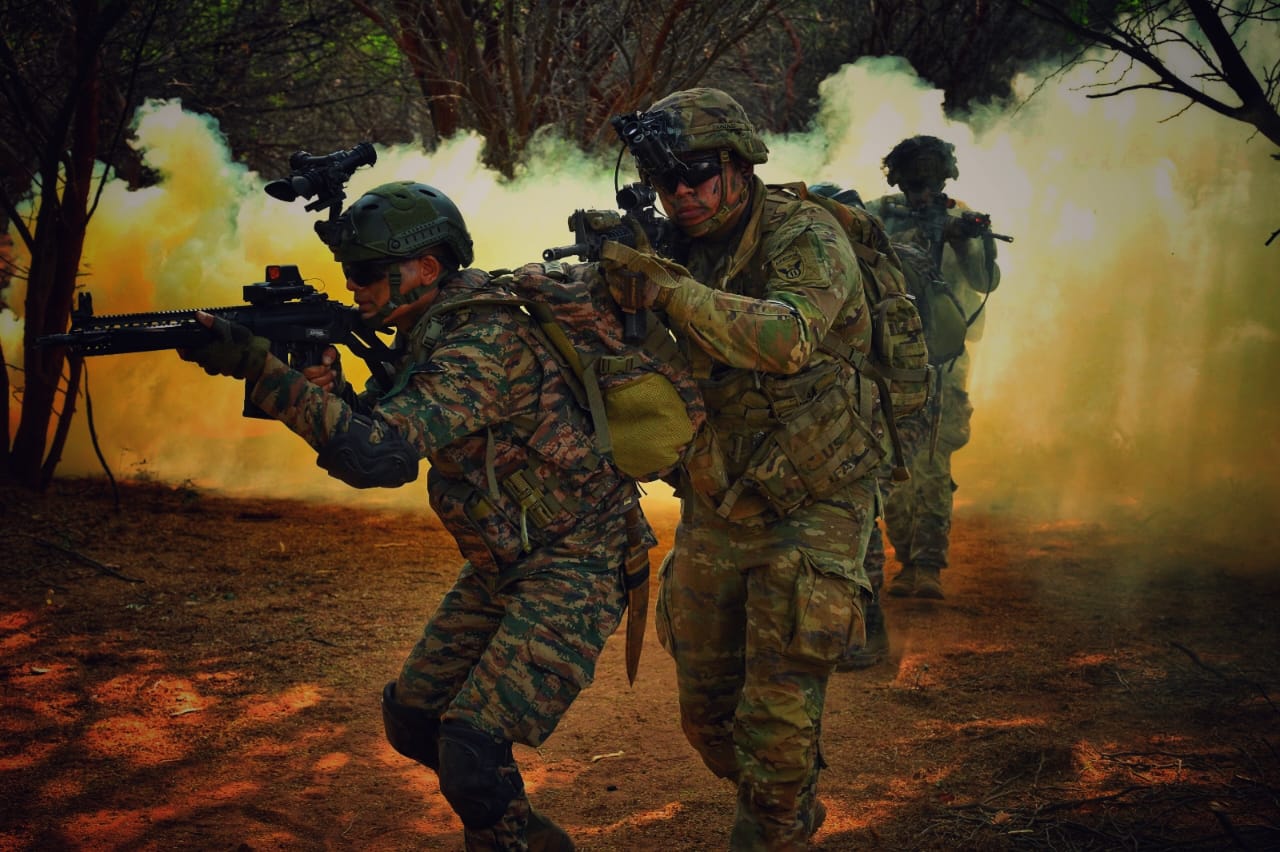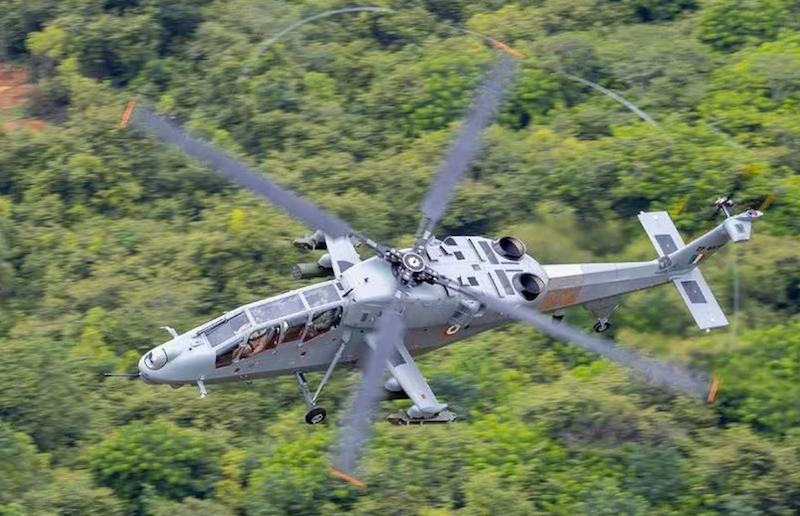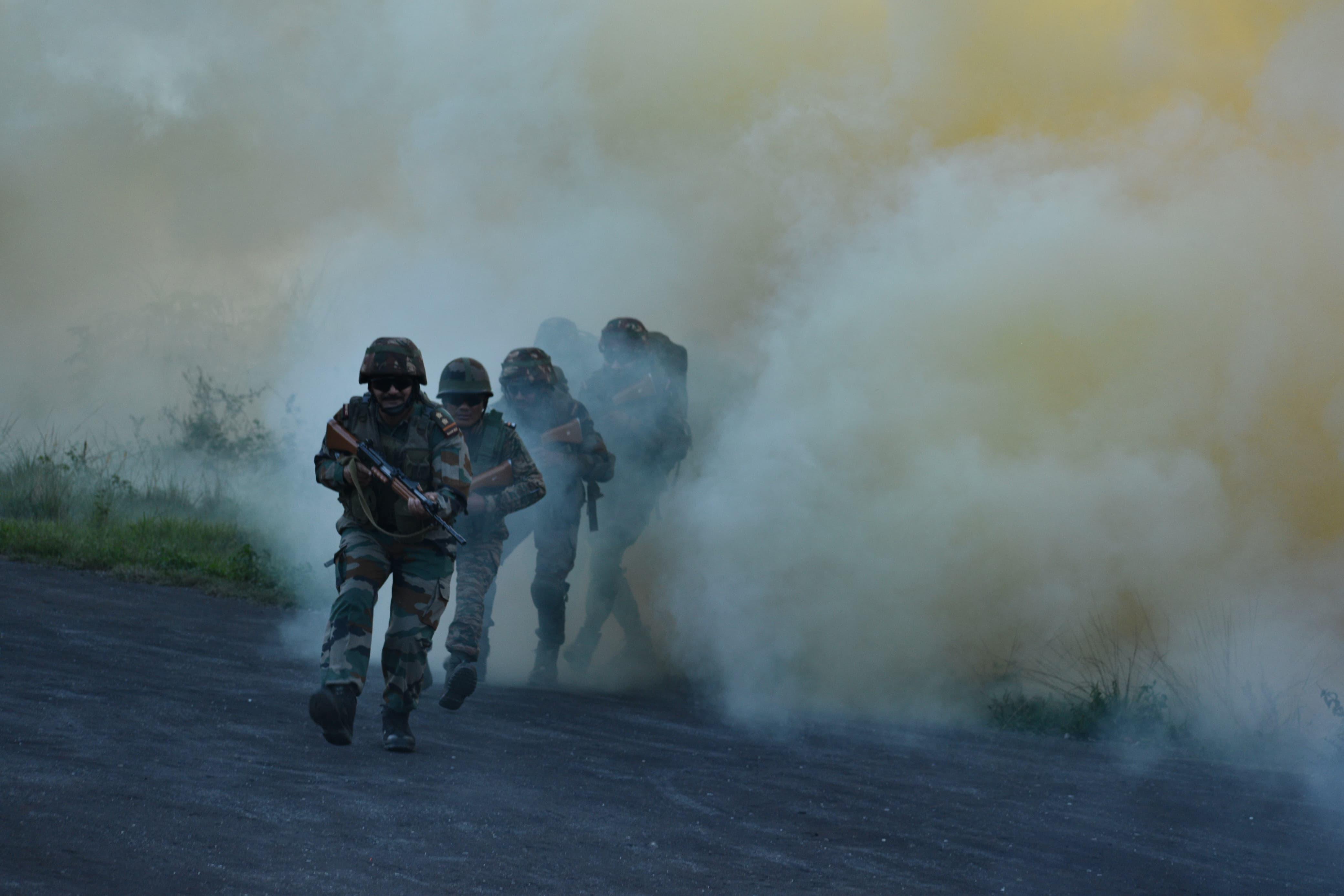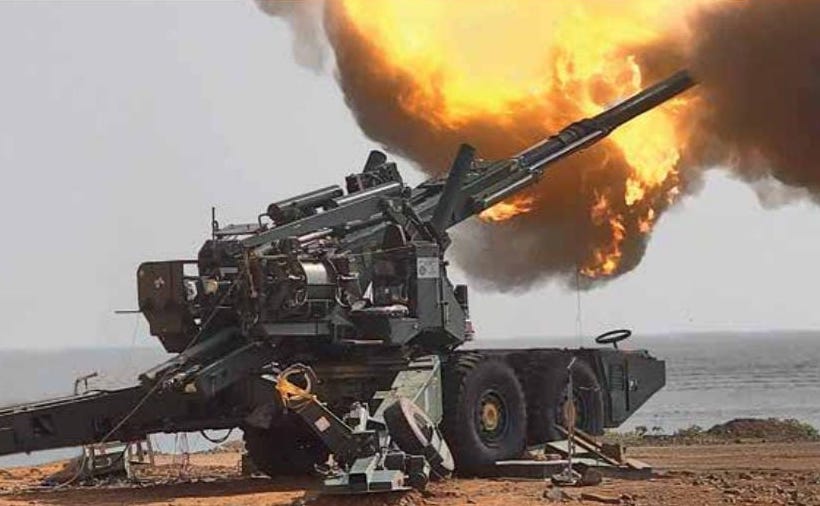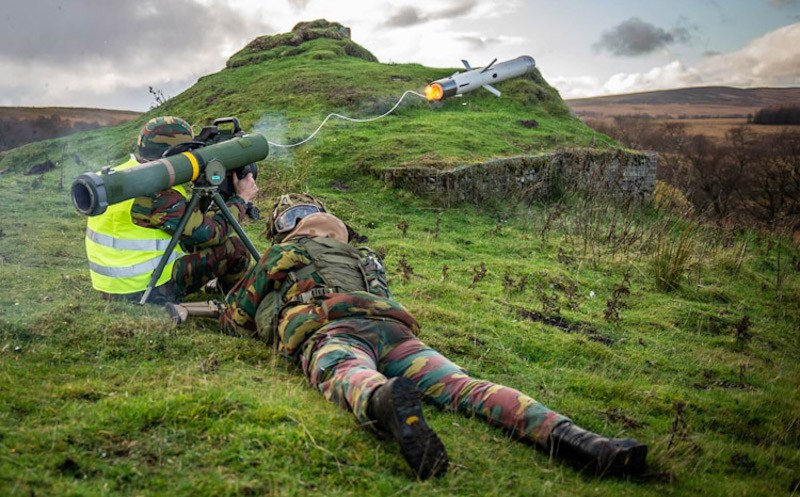 Indian Army soldiers firing a Spike man-portable ATGM during a drill. (File photo)
Indian Army soldiers firing a Spike man-portable ATGM during a drill. (File photo)
New Delhi: The Ministry of Defence has issued a request for information for the procurement of over 20,000 next-generation anti-tank guided missiles along with 1,500 launchers and associated simulators. This move is part of the Indian Army’s ongoing programme to strengthen its anti-armour capabilities, which is vital for countering threats from tanks and other armoured vehicles.
The RFI calls for advanced ATGMs capable of deployment in diverse terrains, such as plains, deserts, high-altitude regions (up to 5,500 metres), and coastal areas. The missile systems must also be operational under extreme weather conditions, ranging from -45-degrees celsius to +45-degrees celsius, and in both day and night combat scenarios.
The Army aims to use these weapons along its borders with Pakistan and China, where armoured threats persist.
According to the specifications laid down in the RFI, the missiles must have the ability to destroy enemy tanks, armoured personnel carriers, combat vehicles, and even low-flying helicopters. Additionally, the RFI emphasizes the importance of indigenous content, with a minimum of 60 per cent of the system being locally sourced under the “Buy (Indian-IDDM)” category.
This means the procurement of the ATGMs and their launchers will be from an Indian vendor that have been indigenously designed, developed, and manufactured with a minimum of 50 per cent indigenous content on cost basis of the total contract value. This is to give impetus to the government’s initiative in achieving self-reliance in defence production.
It may be noted that earlier, the Army used imported ATGMs, like MILAN, a French-German product; Javelin, a US product, and Spike, from Israel. India is currently developing two such missiles – the Nag man-portable ATGM by DRDO and Amogha helicopter-launched ATGM by Bharat Dynamics Limited. These two are in various stages of development, according to latest media reports.
This acquisition will also include simulators for training, ensuring that personnel can efficiently operate the systems in real-world conditions. The modular design of the ATGMs will allow future upgrades without major structural changes, ensuring long-term utility on the battlefield.


